Vietnam devises strategies to revive dying art form
Updated: 2016-08-23 07:34
By Xinhua in Hanoi(China Daily)
|
||||||||
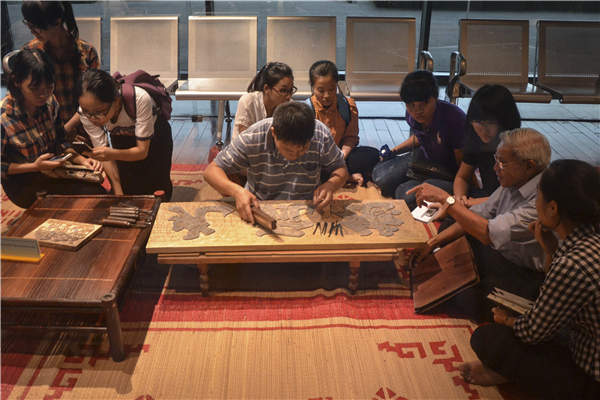 |
|
[Photo/Xinhua] |
People then displayed Dong Ho folk paintings in their houses throughout the year and replaced them with new ones every Tet. But the tradition has faded away with time.
Making the same point, Nguyen Dang Che, an artisan from Dong Ho village in Vietnam's northern Bac Ninh province, says: "Before 1945, my village had 17 clans engaged in producing Dong Ho paintings. But due to changing economic conditions, Dong Ho paintings have gradually lost their position.
"Most families in the village have now turned to making votive paper to earn a living. Now there are only two clans in Dong Ho village who still follow the tradition of producing Dong Ho paintings," says Che.
Meanwhile, Kim Hoang paintings, which were also popular items during Tet in Vietnam, can now be found only in museums or fine art galleries.
It is said that a flood in 1915 destroyed almost all the original woodblocks in the Kim Hoang village. Now, experts are seeking ways to restore this painting genre, which originated in the late 18th century.
Speaking about how the state is helping preserve and revive these traditions, Binh says: "Vietnam has put significant efforts into preserving traditional folk paintings, including building a list of its national intangible cultural heritage and restoring and developing traditional craft villages.
"But, the country is facing numerous difficulties in reviving traditional craft villages. There are difficulties in sourcing materials, supporting artisans, as well as enabling the passing down of the tradition to younger generations."
Even the Vietnamese people are sad at the dying of the art.
Pham Cong, an 80-year-old resident of Hanoi who visited the exhibition, says: "It is a pity that many of Vietnam's traditional folk painting genres have disappeared. The new generation should learn about and develop the country's traditional painting genres."
The exhibition will run for six months.
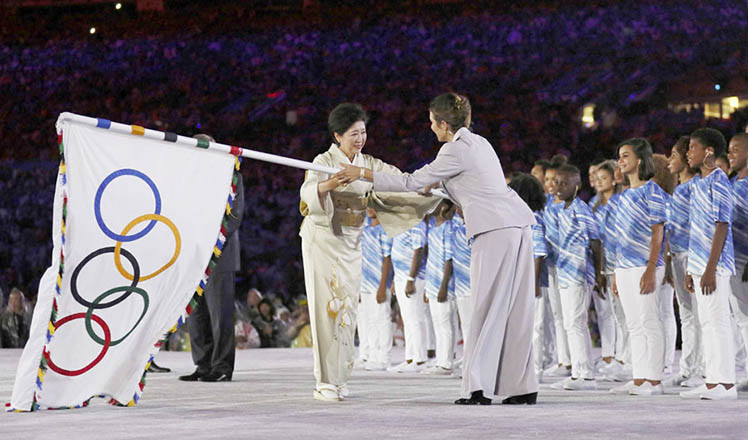
 Goodbye, Rio; hello, Tokyo
Goodbye, Rio; hello, Tokyo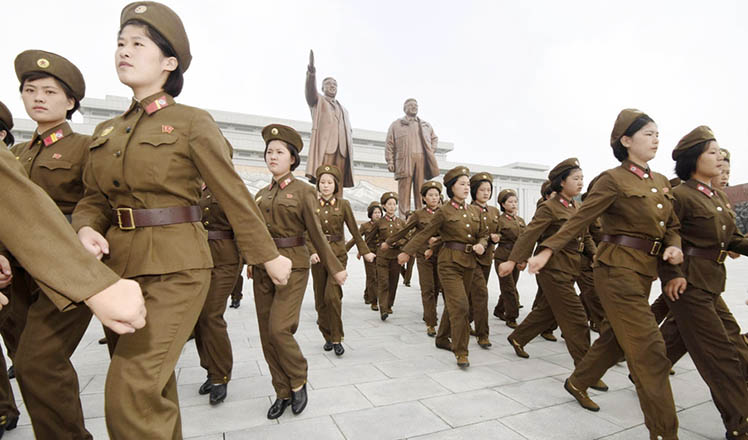
 The world in photos: Aug 15- Aug 21
The world in photos: Aug 15- Aug 21
 Kickboxing and throwing punches: Welcome to flight security training
Kickboxing and throwing punches: Welcome to flight security training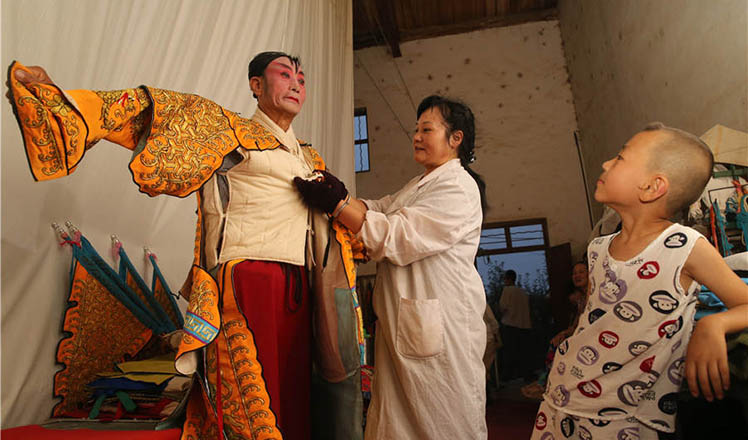
 Qinqiang Opera actors brave heat to bring smile to faces
Qinqiang Opera actors brave heat to bring smile to faces
 Top 10 cities with highest GDP in H1
Top 10 cities with highest GDP in H1
 Chinese teenagers take gold, silver on 10m platform
Chinese teenagers take gold, silver on 10m platform
 US granted re-run to send China out of relay race
US granted re-run to send China out of relay race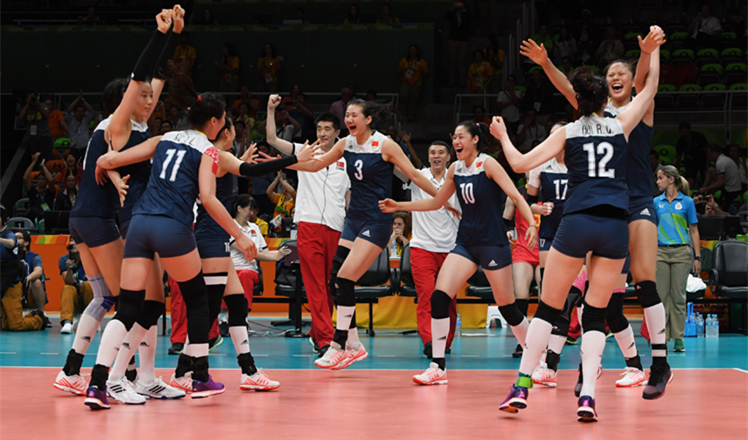
 China inches toward gold after beating Netherlands
China inches toward gold after beating Netherlands
Most Viewed
Editor's Picks

|

|

|

|

|

|
Today's Top News
Trump outlines anti-terror plan, proposing extreme vetting for immigrants
Phelps puts spotlight on cupping
US launches airstrikes against IS targets in Libya's Sirte
Ministry slams US-Korean THAAD deployment
Two police officers shot at protest in Dallas
Abe's blame game reveals his policies failing to get results
Ending wildlife trafficking must be policy priority in Asia
Effects of supply-side reform take time to be seen
US Weekly

|

|








